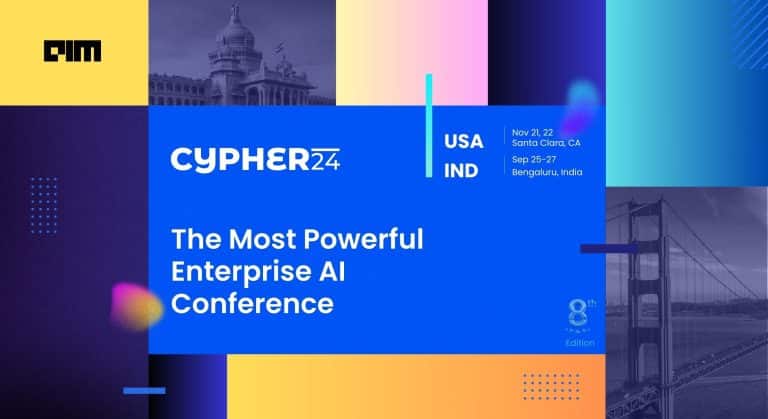Popular tech YouTuber Marques Brownlee recently posted a video on YouTube of him exploring the debate around AI as a feature versus AI as a product. The perspective of looking at AI through these two lenses is a recent phenomenon.
Responding to the video, one commenter said, “This idea of AI as a feature was completely normal before, smartphones having phone assistants was proof of that. AI as a product only began recently after the recent advancement of LLMs and people clinging on to AI as a buzzword without even fully understanding what the word meant.”
Unpacking the Differences
AI as a feature refers to integrating AI technologies into existing products to enhance their capabilities. Some examples include chatbots providing instant assistance and answering questions, AI audio enhancements by improving sound quality, and using AI to upscale video resolution. However, the most common use is AI integration in enterprise products.
Microsoft launched Copilot Pro this year, an AI assistant integrated into Microsoft’s enterprise products to enhance productivity. Embedded into programmes like Word, Excel, PowerPoint, and Outlook, it helps users create documents, analyse data, and manage communications efficiently.
AI as a Product
In contrast, AI as a product implies AI-driven applications designed to perform specific tasks or provide unique services. Some of the products today include Meta Glasses, the Humane AI Pin, and Rabbit R1.
For instance, the Humane AI Pin was launched as an innovative AI product aimed at providing personalised assistance and connectivity, but despite its promising concept, the product received mixed reviews from users.
Founded by Bethany Bongiorno and Imran Chaudhri, the AI Pin was marketed for a year through ads and events. Reviewers described it as “totally broken” with “glaring flaws,” and Brownlee even called it “the worst product I’ve ever reviewed.”
Despite raising $240 million from prominent Silicon Valley investors, including OpenAI chief Sam Altman and Salesforce CEO Marc Benioff, and being valued at $1 billion, the San Francisco-based company failed to deliver on their futuristic AI product. After five years of development, Humane’s attempt to disrupt the smartphone market seemed to have failed.
rest in peace, Humane AI Pin! pic.twitter.com/mc2QIwtsTk
— System Settings (@app_settings) June 10, 2024
Another notable example is the Rabbit R1, created by Rabbit Inc. and design firm teenage engineering, which was hailed as the “future of human-machine interface” at the Mobile World Congress (MWC) 2024.
Despite its promising concept, reviews highlighted significant issues like its inability to browse the web, make calls, or send texts, as well as a short battery life requiring multiple recharges, compounded by slow charging. Reviewing it, Brownlee called it “another AI in a box” and “barely reviewable.” Most reviews emphasised the R1’s flaws over its innovations.
“As a seasoned product manager, I can tell you that a product is just a feature that can be monetised now or later,” commented one user.
Although these AI-driven devices showcase innovation at their finest, they do not blend AI with practical applications in everyday life.
Seamless AI Features
Continuing with big tech companies integrating AI features, the most recent edition of WWDC proved how an existing product can be packaged with AI in a superior way.
Apple Intelligence, which was unveiled at the event, is a classic example of AI as a feature.
Apple Intelligence’s capabilities are designed to enhance existing features on their Apple products. For example, they can improve writing, assist with creative expression, and automate app tasks.
It is probably wise that Apple chose to market its intelligence not as a separate product but as a set of intelligent features embedded within its devices.
Is There a Clear Winner?
Now, there is no answer as yet, at least as far as whether AI is actually a feature or a product. But, going by the recent releases, it is evident that AI products have not really been able to hit the mark.
“Definitely a feature because there isn’t copyright for the tech. They can all build theirs,” said a YouTube user commenting on Brownlee’s review.
It is also possible that with varying needs, AI as a product and feature can find its own specific use cases.

































